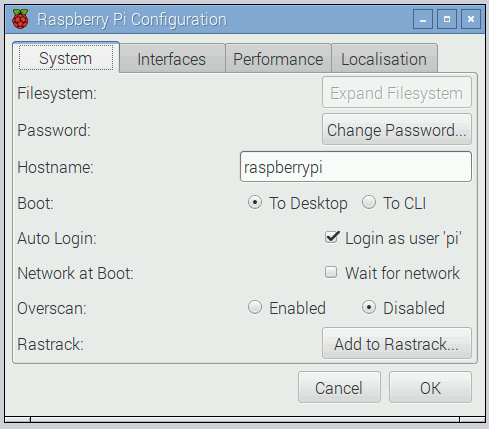

In this configuration, we create a virtual network interface (here uap0) and add it as the AP to the physical wlan0 device. No one wants a random internet user turning your lights on and off. Security is an important consideration with IoT and it can be beneficial to keep your devices on a separate network, for safety’s sake. A guest interface to your home wireless network.A hub for Internet of Things devices, while also creating a bridge between them and the internet.A device that connects to a wireless AP but needs an admin interface to configure the network and/or other services.There are many scenarios in which AP-STA mode might be useful. If you have a second wireless adapter bound to wlan1 on a Pi Zero W (or other device), refer to this FAQ.

The constraint #channels <= 1 means that your software AP must operate on the same channel as your Wi-Fi client connection. The second valid interface combination indicates that both a managed and AP configuration is possible. This capability is listed in the following section in the output of iw list: $ iw list | grep -A 4 'valid interface' In this configuration, it is possible to create a software AP acting as a wireless repeater for an existing network, using a single wireless device. This is sometimes called Wi-Fi AP/STA concurrency. Many wireless devices support simultaneous operation as both an access point (AP) and as a wireless client/station (STA). If you need a reliable solution with an access point (AP) and wireless client (STA) on the same device, buy a second Wi-Fi adapter and follow this FAQ instead.īefore proceeding with the installation, it's important to have a basic understanding of how AP-STA works. This mode is completely unsupported and should be used for educational purposes only.


 0 kommentar(er)
0 kommentar(er)
